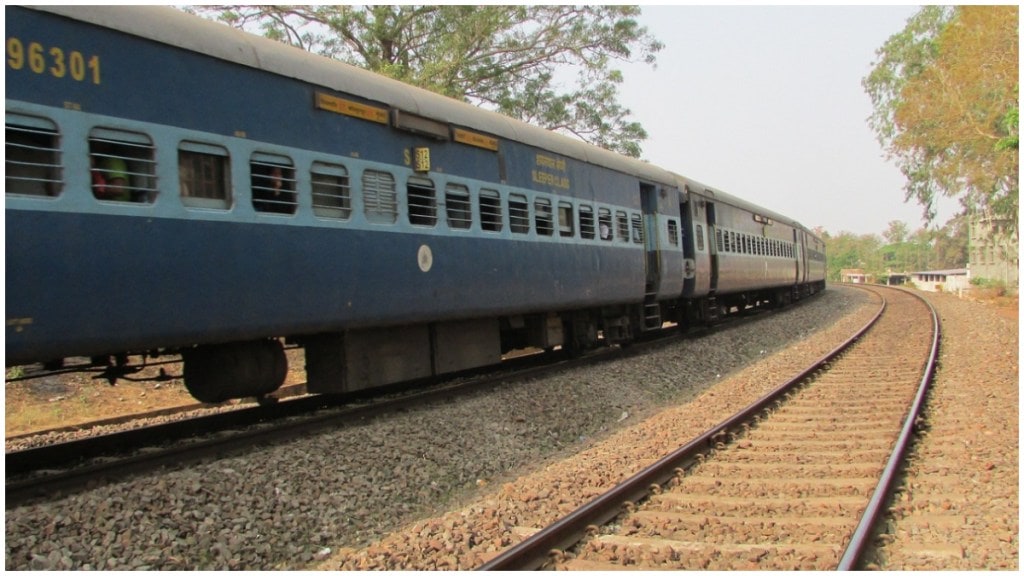In 2016, India witnessed a pivotal change in its fiscal framework with the integration of the Railway Budget into the Union Budget. For decades prior, the Railway Budget had stood as a distinct entity, unveiled separately from the general budgetary proceedings, symbolic of the critical role and distinct challenges faced by the Indian Railways. Here, we are going to delve into the rationale behind this historic merger and examine its far-reaching implications.
Why was Railway Budget merged with Union Budget?
In November 2016, the Centre decided to merge the Railway Budget with the Union Budget following recommendations from a committee led by Bibek Debroy of NITI Aayog and a white paper titled ‘Dispensing with the Railway Budget’ authored by Debroy and Kishore Desai. This initiative aimed to streamline the management and governance of budgets. While the Ministry of Railways still functions as a commercially operated department, the Union Budget now incorporates a distinct section for estimating expenses and allocating grants specifically for Indian Railways.
NITI Aayog formally proposed integrating the railway budget to then Railway Minister Suresh Prabhu, who then advocated to Finance Minister Arun Jaitley to implement this reform. The matter was deliberated in the Rajya Sabha in 2016, paving the way for the merger process. As a result, from 2017 onward, the railway budget became an integral part of the Union Budget.
Reasons behind merging Railway Budget and Union Budget
- The decision to integrate the Railway Budget with the Union Budget was aimed at synchronizing railway policies with broader economic strategies. Previously, the Rail Budget faced criticism for its populist approach, prioritizing fare cuts and new projects over financial sustainability and operational efficiency. This merger has facilitated improved coordination between railway planning and national economic policies.
- Operating independently is bound to pose several challenges for Indian Railways, including fragmented planning, budgeting, and decision-making processes. Integrating into the Union Budget streamlined these operations, enabling more efficient resource allocation and decision-making.
- The merger has greatly influenced railway infrastructure development. With a unified budget approach, funds can be more flexibly allocated for modernization, safety upgrades, and expanding the network. This change speeds up infrastructure development in Indian Railways, meeting long-standing needs and improving operations.

